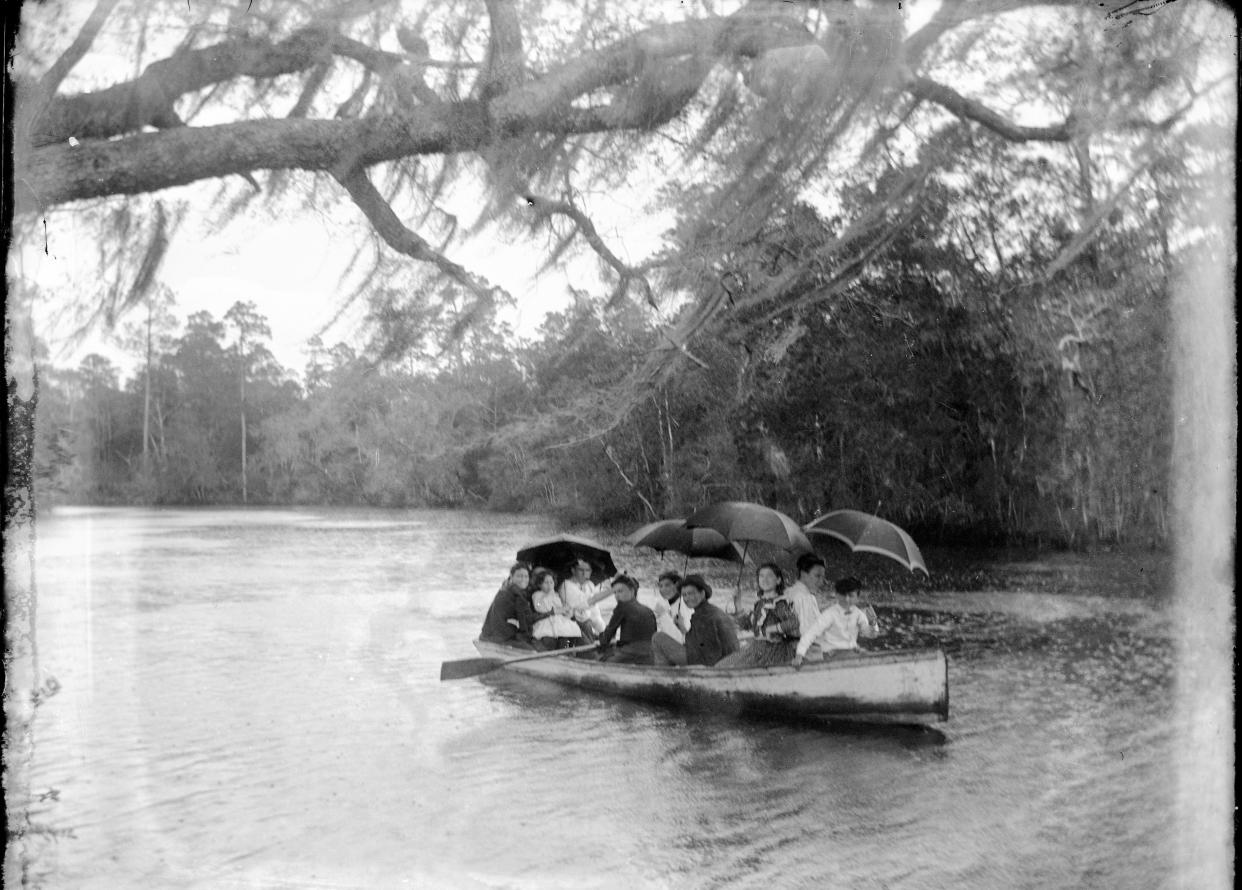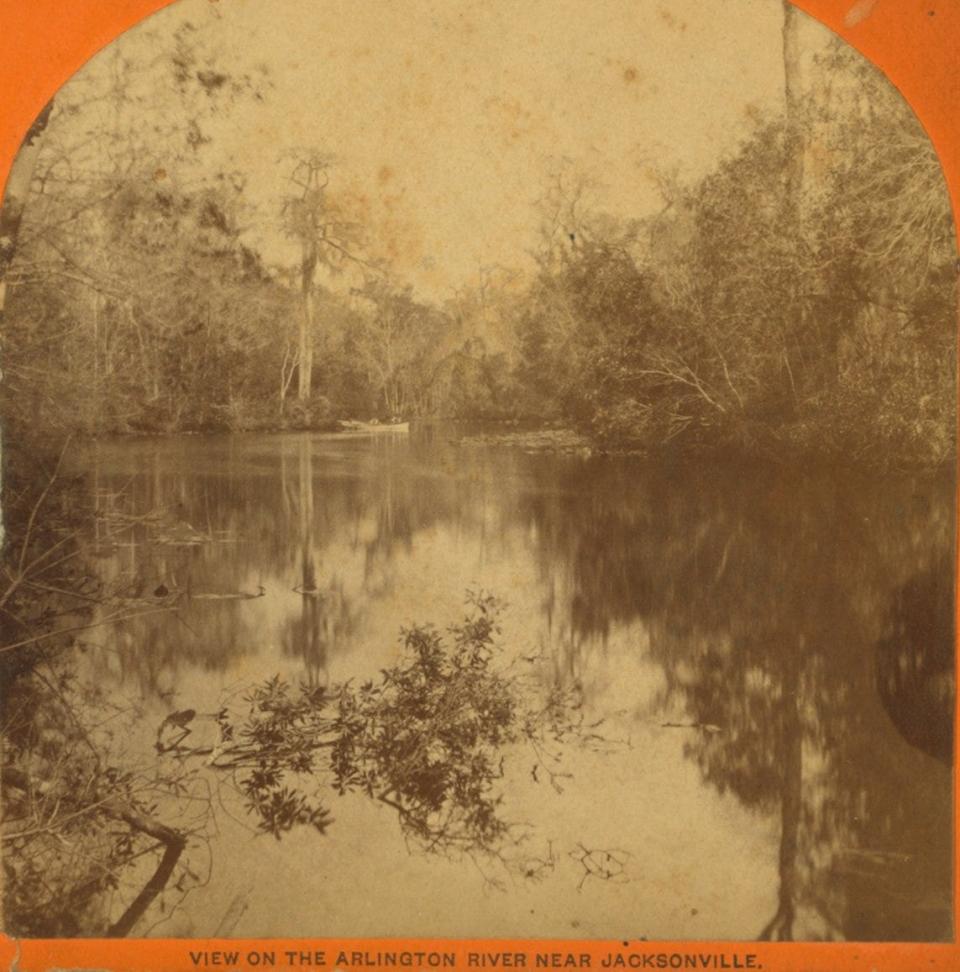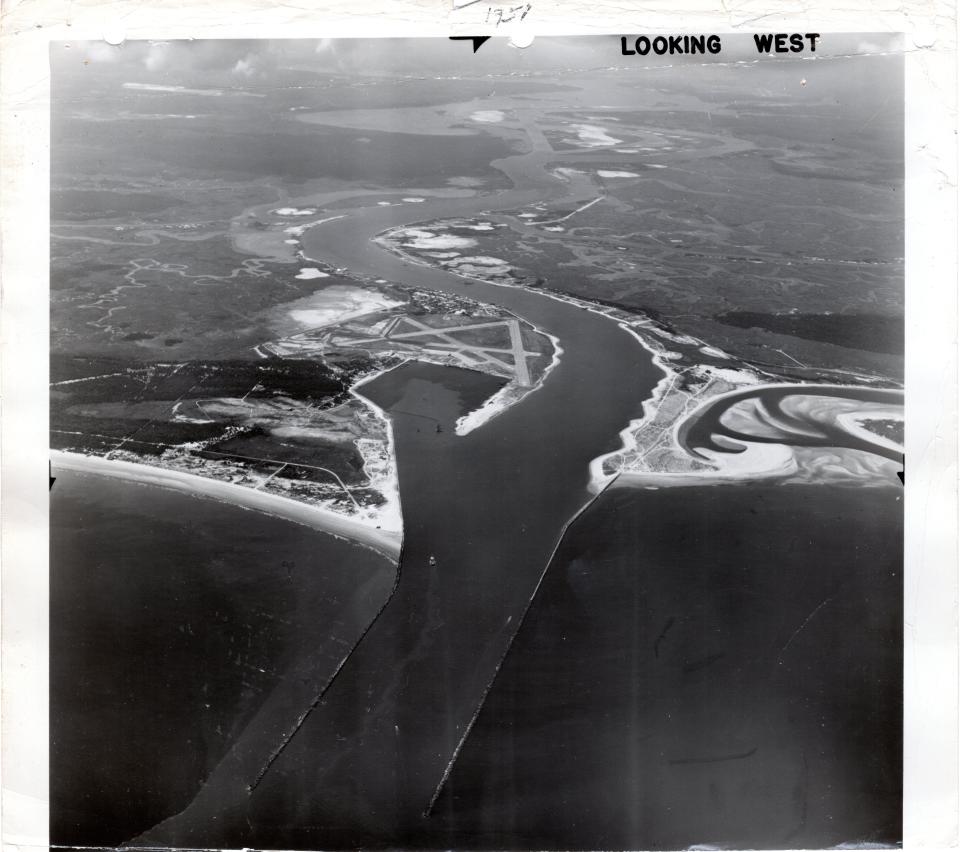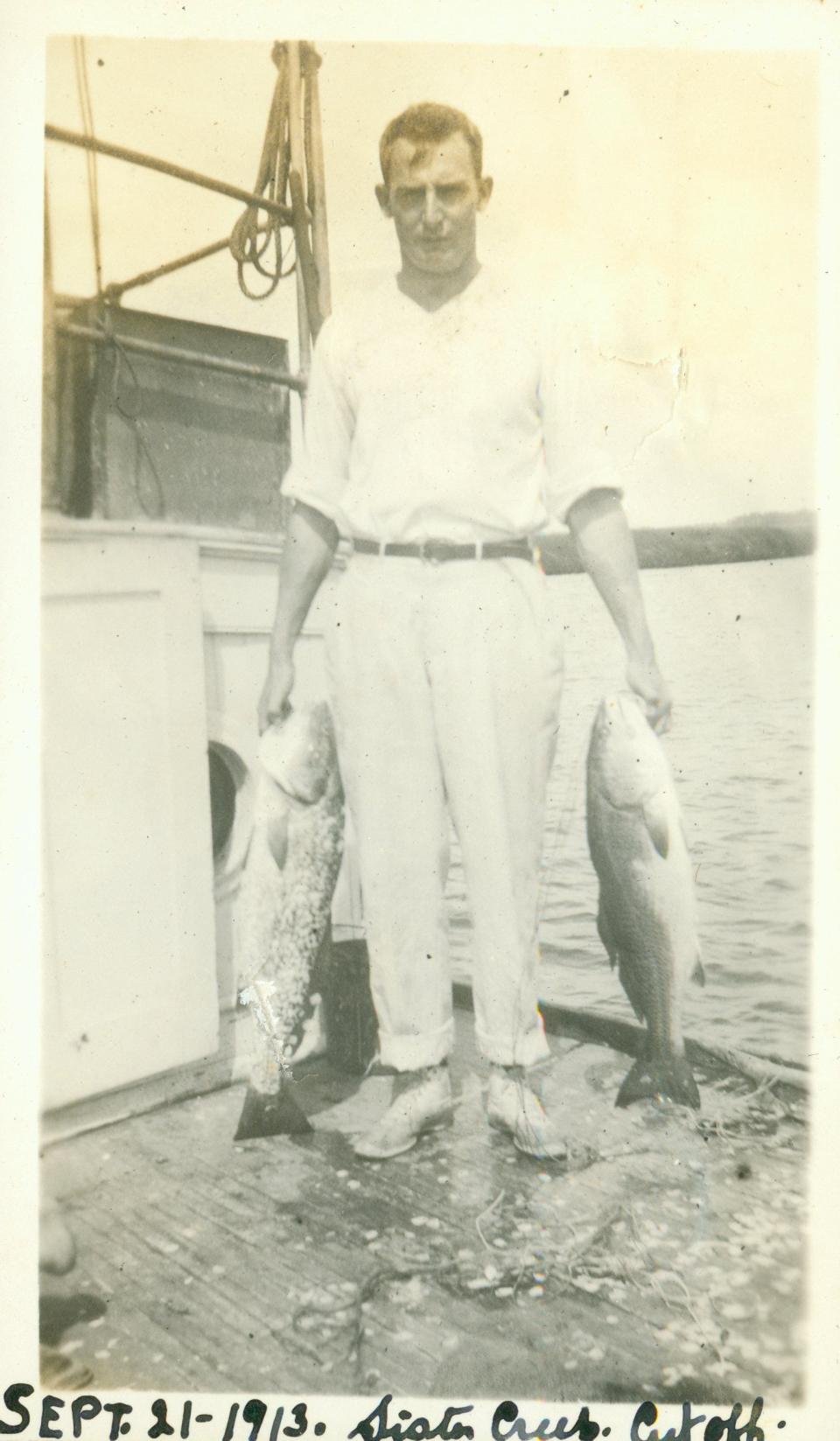Do you take the St. Johns River for granted? After writing a book on it, he no longer does

- Oops!Something went wrong.Please try again later.
For his new book, Jacksonville author Andrew Nicholas took inspiration from the river he regularly drives over and decided to look deeper and farther afield.
The result is "Exploring the St. Johns River," a photo-heavy history of Florida's mightiest river, all 310 miles of it.
"I tried to cover essentially the human history," he said. "From the Timucuans and the 1500s when the French came here, and the Spanish, all the way up to today. The book is a human history slash flora and fauna."
Mark Woods: How the Clean Water Act helped transform the St. Johns River, once dubbed a 'gigantic sewer'
Mark Woods: If we want a great riverfront in Jacksonville, we can't forget importance of a great river

In 2021 Nicholas published a book called "Jacksonville in the 1920s," capturing the feel of a booming city and its nattily dressed residents. Before that, he wrote one called "Lake City and Columbia County."
Nicholas has a history degree from the University of North Florida and a family history in Jacksonville that goes back several generations.
To find photos for this book, he plumbed places such as the Jacksonville Historical Society, the State Archives of Florida, the Library of Congress, Stetson University, the University of North Florida and the New York Public Library, which has a perhaps surprising number of photos of old Jacksonville and Florida.
Vintage Times-Union: In 1907, rural South Jacksonville was incorporated. San Marco wouldn't recognize it today.
On the river: Quinton White, a force of nature

He begins his book at the ocean jetties at Mayport, moving south down the north-flowing river to its beginning in Brevard County. He traveled much of its length, taking photos and getting contributions from locals along the way.
Nicholas came away from that with a theme common to those who've spent extended periods on the St. Johns.
Nate Monroe: A century of dredging has left Jacksonville vulnerable to storm surge, study finds

"We should show respect to the river, to the ecosystem," he said. "It wouldn't be Jacksonville without the river. Every day I drive over the Fuller Warren and sometimes I forget the river's there. It's just, we go about our daily lives and we take for granted such a river, such a resource that we have."
This article originally appeared on Florida Times-Union: Jacksonville author gathers historical photographs of St. Johns River

